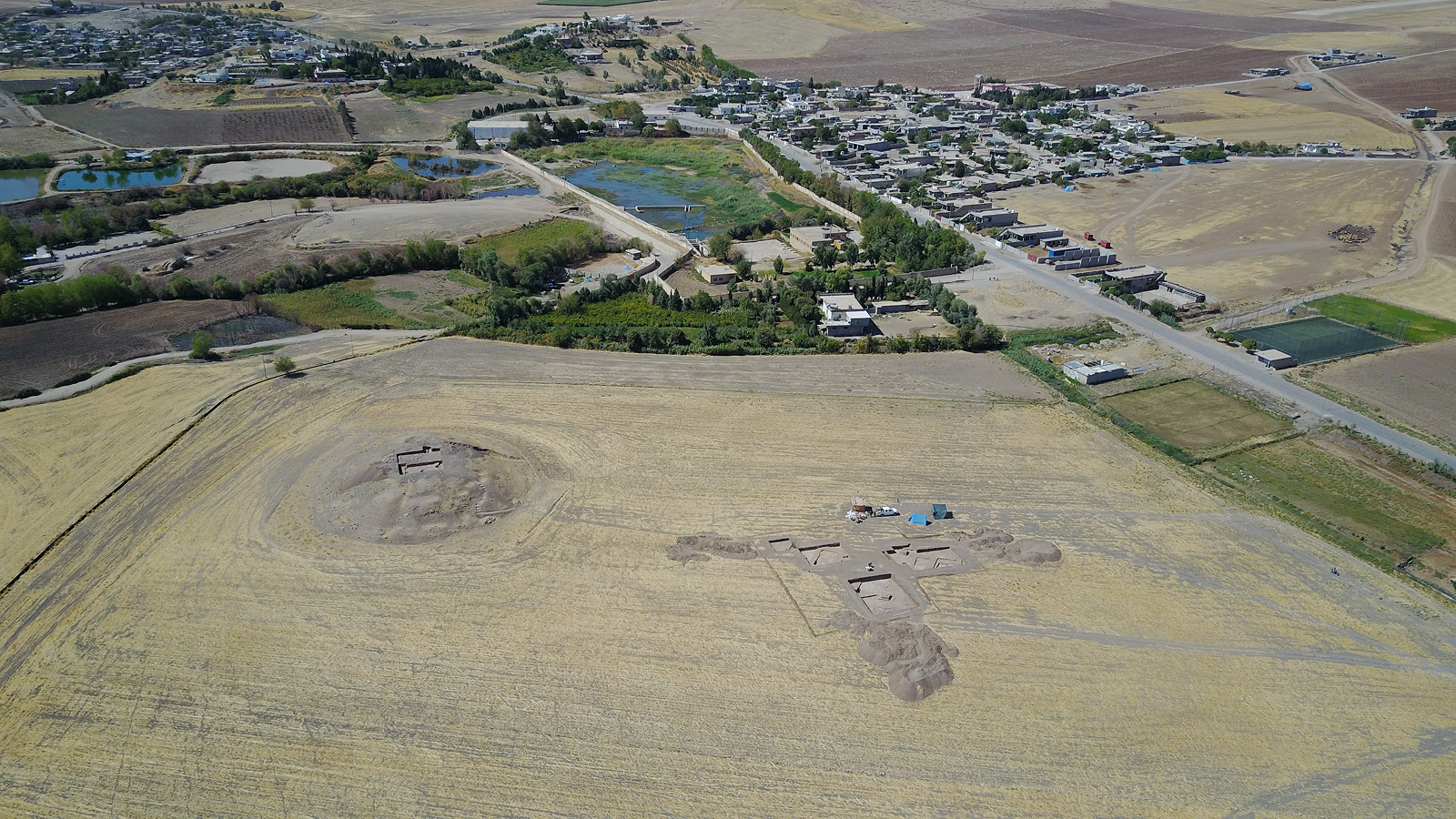Gallery: In Search of the Grave of Richard III
Skull of King Richard III

The long-lost skeleton of King Richard III, who died at the Battle of Bosworth Field on Aug. 22, 1485, just two years after he ascended England's throne, was discovered in 2012, under a parking lot in Leicester. Since the discovery, scientists and historians have studied, exhaustively, the bones and the medieval king's life. They even created a 3D digital model of the grave and bones that can be explored online.
Here, the skull of the skeleton found at the Grey Friars excavation in Leicester, identified as that of King Richard III. [Read more about the life of King Richard III]
Richard III

Here, a portrait of Richard III of England, painted c. 1520. The last king of the Plantagenet dynasty, Richard died in the Battle of Bosworth Field, which was the deciding fight in the lengthy Wars of the Roses; it ended with Henry Tudor ascending the throne as the new English monarch.
Skeleton Richard III

The remains of King Richard III, showing a curved spine and signs of battle trauma. He is shown in his original grave, discovered in 2012 beneath a parking lot in Leicester. The king was buried hastily after his death in the Battle of Bosworth Field in 1485.
Empty Grave

The empty grave hidden beneath a parking lot in Leicester, England, known now to belong to King Richard III.
Virtual king

In 2016, scientists at the University of Leicester created this three-dimensional, interactive model of Richard III's original resting place. The king was placed in a humble, too-short grave with an uneven floor and sloping sides. This model was created with photogrammetry software, which reconstructs 3D models from 2D photographs. Anyone interested in exploring the king's remains can do so on the 3D-sharing platform Sketchfab. [Read more about the 3D Richard III model]
Cozy grave

Richard III's grave eventually fell into obscurity and was lost for centuries. The church where he was buried was replaced with a manor home, and eventually with a city council building and parking lot. At some point between 1485 and the modern day, someone dug a trench across his grave that severed Richard's feet. Here, another look at the 3D interactive model of the king's original resting place.
Get the world’s most fascinating discoveries delivered straight to your inbox.
Rebuilding a burial place

The 3D model of Richard III's grave in process. Digital photography and software have made photogrammetry easy and inexpensive, so the technique is frequently used in paleontology and archaeology. [Read more about the 3D Richard III model]
Richard's Curved Spine

Here the spine of what has been confirmed to belong to King Richard III. The spine shows the king would've had so-called idiopathic adolescent-onset scoliosis, meaning the cause is unclear though the individual would have developed the disorder after age 10; the curvature would've put pressure on the man's heart and lungs and could've caused pain.
Kind King?

While facial reconstructions are part science, they are also part art. For example, bones tell scientists nothing about the size of someone's ears, how many forehead wrinkles they had, or whether they often smiled or habitually wore a frown.
King's Face

A new facial reconstruction of King Richard III, based on the bones unearthed beneath a parking lot in Leicester, England, show the vilified monarch in a kinder, gentler light.
Excavating for Greyfriars

University of Leicester archeologists are digging in the Leicester City Council parking lot in search of the grave of King Richard III.

Stephanie Pappas is a contributing writer for Live Science, covering topics ranging from geoscience to archaeology to the human brain and behavior. She was previously a senior writer for Live Science but is now a freelancer based in Denver, Colorado, and regularly contributes to Scientific American and The Monitor, the monthly magazine of the American Psychological Association. Stephanie received a bachelor's degree in psychology from the University of South Carolina and a graduate certificate in science communication from the University of California, Santa Cruz.


